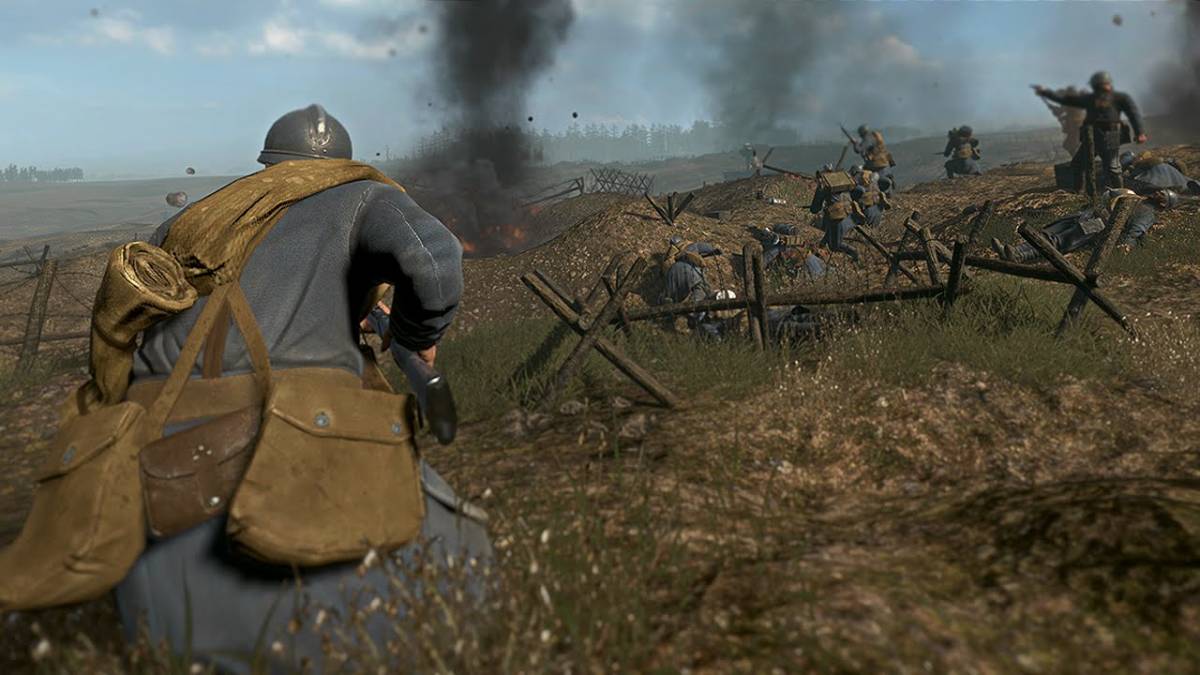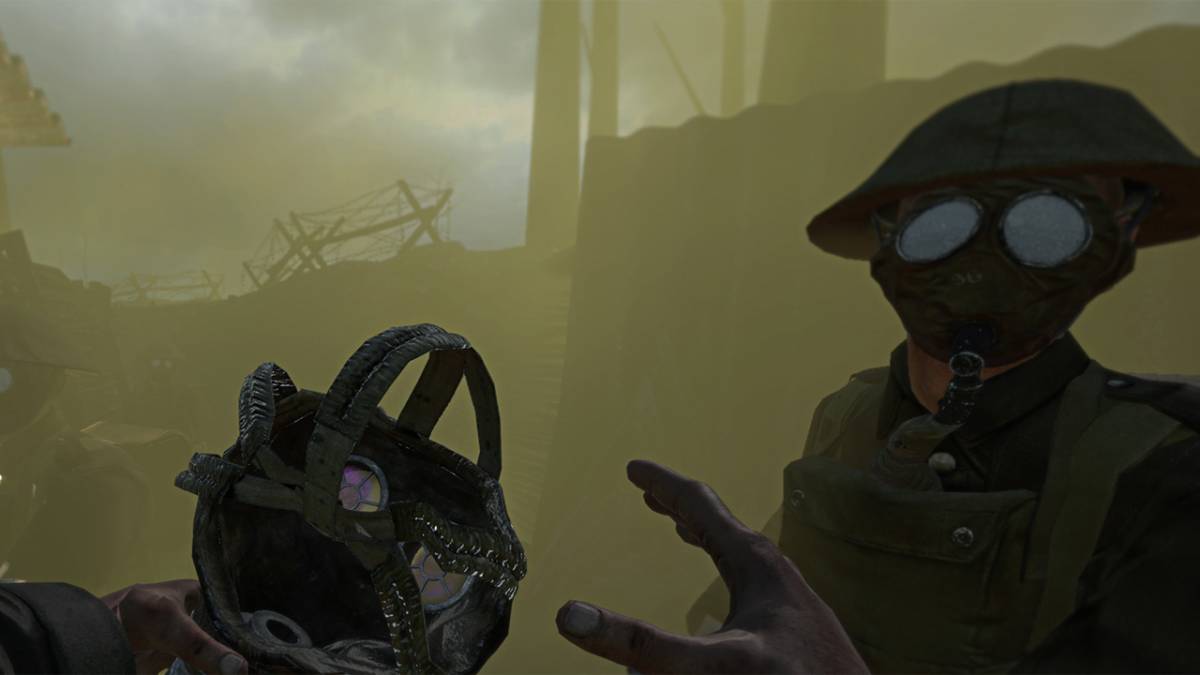As some kind of antidote to the AAA nature of Battlefield 1, the other WWI game out this year, many gamers have been turning to Verdun, the realistic trench warfare focused effort from BlackMill Games and M2H. Having played both extensively over the weekend, one thing’s clear: neither of them are perfect.
When it’s in full swing, Verdun is enrapturing, immersive, and pretty much everything you want from a faithful digital representation of early 20th century combat. Patience is the key as going in all-guns blazing like DICE’s bombastic effort this year will almost always result in death, so you’re better off thinking like an actual soldier. One shot is all it takes to kill or be killed, so expect to spend a lot of time on your stomach in mud, anxiously crawling towards the objective while trying to avoid fire.

The Frontlines mode is where most of the action takes place, asking you to capture strategic points on the map and then defend them once done. It can be gripping, but more often than not simply confusing – Verdun doesn’t explain itself particularly well at all throughout. The game prides itself on realism so much that it wants you to start off as a shell-shocked rookie, unsure of the next turn or what to do. This is to Verdun’s own downfall; it’s hard to approach if you are just a casual gamer looking to get some shooting done.
The combat itself is effective, but only just about. Shooting works when it wants to work – it’s easy to lose track of the amount of times you think you have a sure shot only to see it go wide of the target, or for the enemy to “warp” to a different spot altogether. Games built on the Unity engine don’t typically transition perfectly to consoles and Verdun, originally only on PC, is no exception. The framerate is, without wanting to sound too harsh, absolutely atrocious. It’s a rare thing when you can walk anywhere for ten seconds without it dipping almost violently. Verdun’s low-budget price “shines” through with alarming regularity.

There’s also a strange lack of feedback when getting a kill, as if the game doesn’t want to reward you – a small sound effect would have worked wonders to stop it from feeling quite so hollow and flat. It’s a common theme that crops up quite often with Verdun; a sense of almost, as if they just needed a little bit more funding to fully flesh out the experience. Graphics are by no means everything when it comes to a video game, yet Verdun’s homeliness at times (janky animations and all) is a real distraction. Textures are ugly, clipping is almost a certainty, and nothing feels alive. You could make the excuse that war itself is ugly and unappealing, but that doesn’t really fly.
I have spent ten hours playing Verdun and tried many different squads and loadouts in that time, but I would be hard-pressed to tell you the differences between any of them. Most rifles tend to do the same job, pistols are more or less like-for-like, and the special skills that come with your soldier aren’t really explained or fleshed out. Verdun also constantly makes you hesitate between friendlies and enemies as it shows the player handle of a friendly after a delay, which when mixed with relatively similar outfits of both teams, proves that this can be a game too opaque for its own good.

Teamwork, the game’s main focus, is a wonder when it works well. Sticking with your squad and understanding each other’s roles and executing them doesn’t happen often (due to how difficult it is to communicate with each other), but when it does, the feeling of being an actual soldier is perfectly pronounced. Following your NCO across the battlefield while providing suppressing fire is a thrill and one of the plentiful moments that drags Verdun up through the mire of its many faults. There is one small tweak would be really appreciated, though, if only for people like myself. My vision isn’t fantastic, even with glasses, meaning that it’s seriously hard to spot enemies from afar, especially considering how Verdun’s color palette is pretty limited. The introduction of a “spotting” mechanic as seen in Battlefield would work wonders, not only for my sight, but also as it would introduce a greater sense of realism being able to let your teammates know where the opposition are.
Apart from Frontlines, Verdun doesn’t have enough players to fill up its other modes, which is a shame. Rifle Deathmatch can be a fun recreation of Enemy at the Gates as it turns into a free-for-all snipefest, but Attrition and Squad Defense really struggle to interest more than a handful of players, so I can’t really pass judgement on them fairly. Squad Defense, however, is available to play offline and is basically a wave-based mode where you take on the AI. It’s fine for what it is.
With all the many gripes I have with Verdun, you would expect my overall verdict to be quite damning. Not at all. In fact, I would recommend it to most people. As long as you can look past its flaws, Verdun offers plenty for those looking for an affordable stopgap between the next big release on the gaming schedule. It’s a future series I predict will find its feet after a sequel and the right funding to properly bring the developers’ vision to life, but as it is, Verdun remains an example of almost.
Some of the coverage you find on Cultured Vultures contains affiliate links, which provide us with small commissions based on purchases made from visiting our site.

